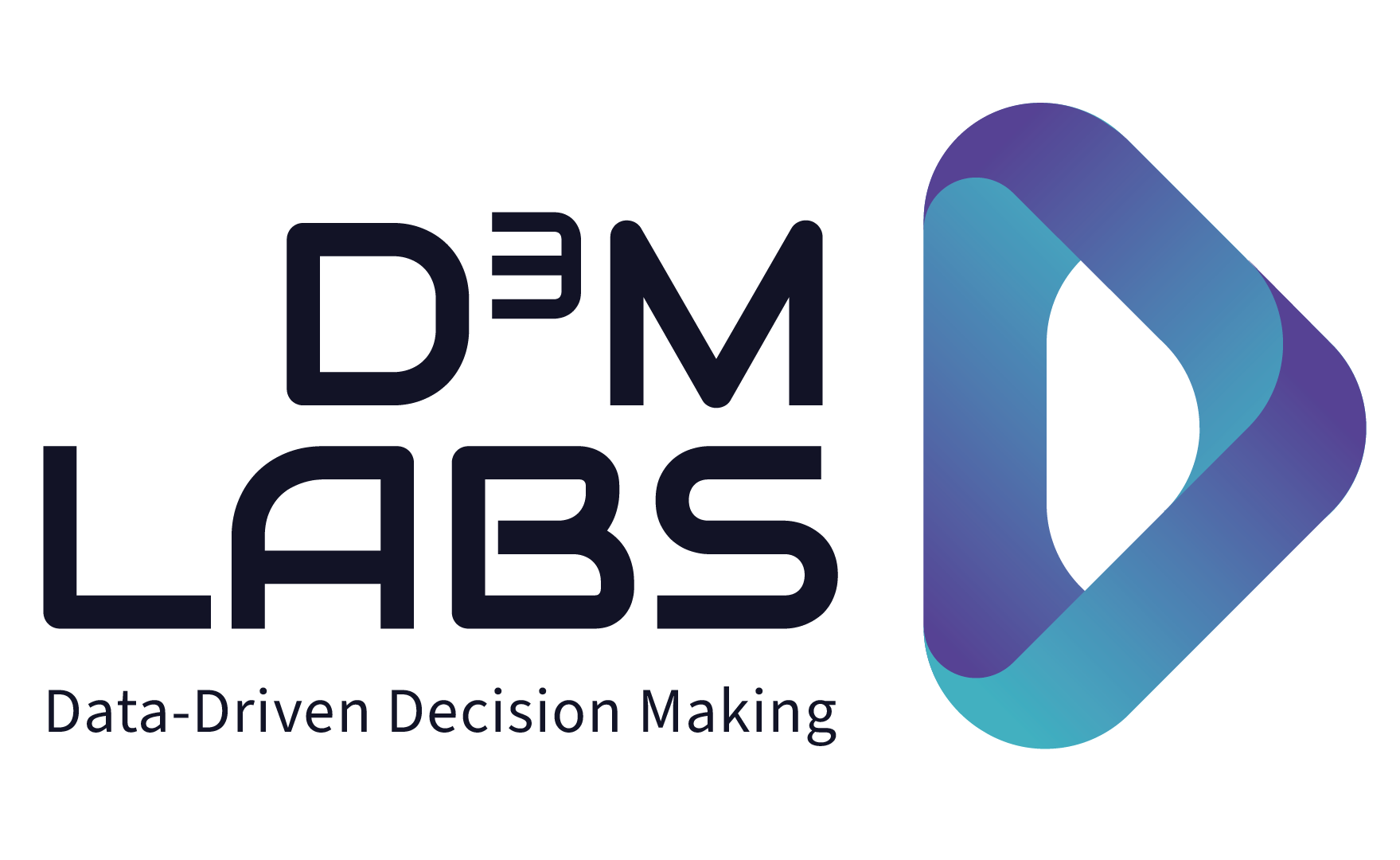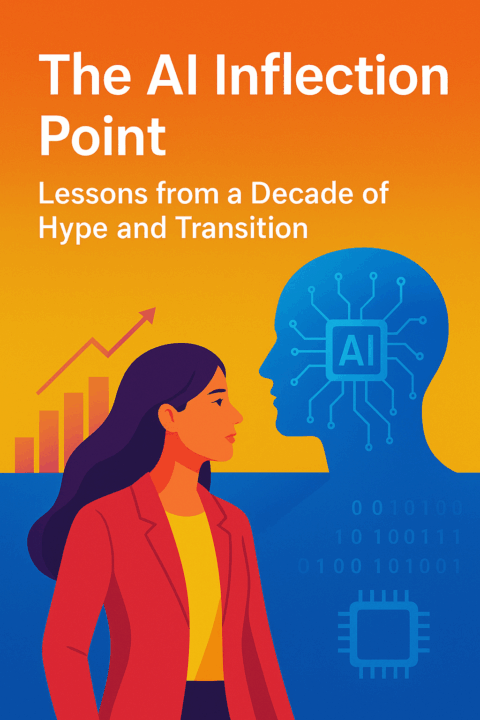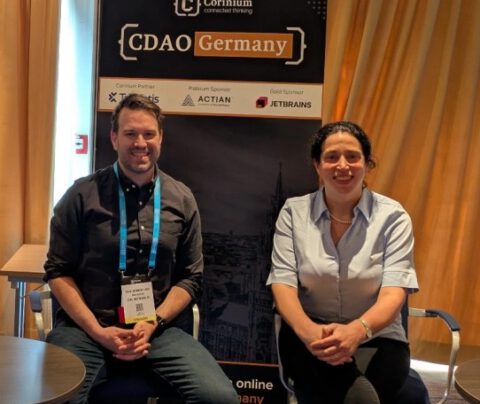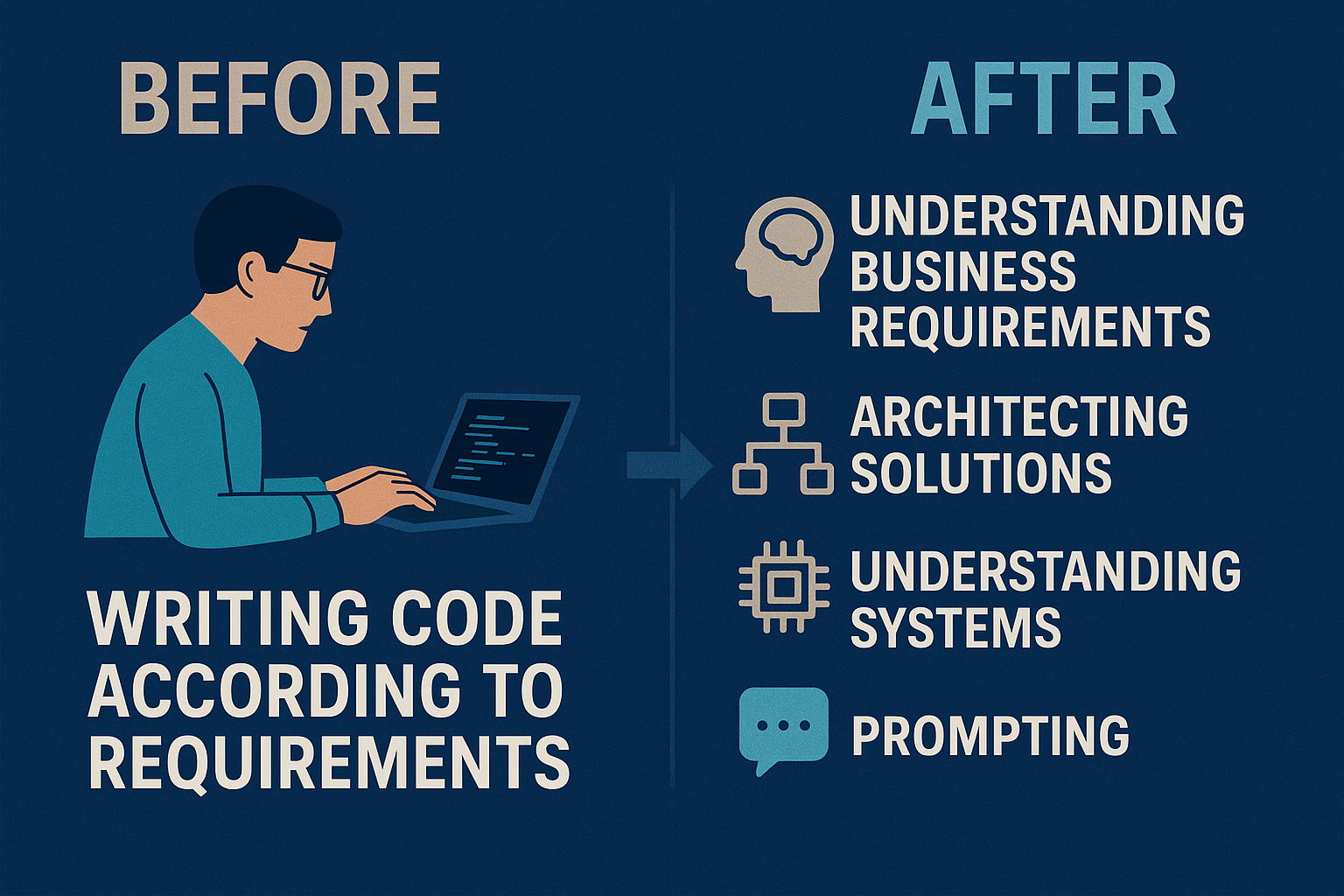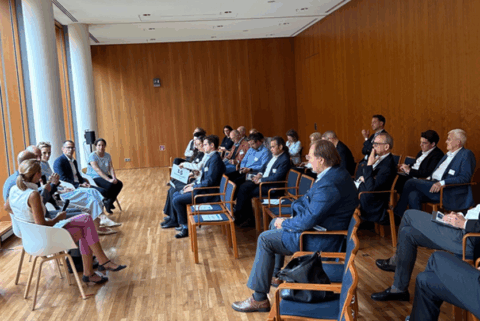Autor: Elizabeth Press
The AI Inflection Point: Generative AI and the New Era of Regulation and Resilience
We are standing at an inflection point in the evolution of AI. The field is moving from hype to maturity. After a decade in which cheap capital and boundless optimism fueled sky-high expectations—when data was hailed as “the new oil”—the post-COVID era has brought a dose of sobriety. The age of “move fast and break things” is being replaces by a new mantra: move thoughtfully, build sustainably, and govern wisely. This picture was generated with ChatGPT.
From Hype to Hard Truth: Lessons in Data-Driven Innovation
In our latest video, Elizabeth Press speaks with Pier Martin, data leaders who’ve weathered Berlin’s decade of hype, hope, and hard lessons, about how organizations can turn data into real business value. Here’s what they shared.
Mein erster 3. Oktober als deutscher Staatsbürger: Reflexionen über Einheit, Resilienz und Souveränität
Heute markiert meinen ersten 3. Oktober — den Tag der Deutschen Einheit — als deutscher Staatsbürger. Dieser…
My First October 3rd as a German Citizen: Reflections about Unity, Resilience, and Sovereignty
Today marks my first October 3rd — the Day of German Unity — as a German citizen….
How LLMs Are Changing Software Engineering
This article is based on my talk with Varshith Anilkumar, engineering leader and AI researcher. The release of GPT-5, now integrated into tools like GitHub Copilot, marks a significant turning point for software development. LLMs such as Claude Code and GPT-5 can generate complex code. „Agentic“ tasks are pushing the industry toward a new paradigm where developers orchestrate multiple AI agents to build entire systems. This shift is changing the game from focus on writing code to designing and managing sophisticated, automated workflows. The image was generated by GPT-5.
The Resiliency Imperative: Redefining Digitalization in a Post-Velocity World
24-25 June 2025 I had the opportunity to attend the German-American Trade and Tech Conference, organized by the Aspen Institute Germany. A new digital imperative crystallized through the conference discussions—the need to fundamentally rethink how we build and secure our digital future. In this blog, I outline the key forces at play and the strategic imperatives they demand.
Toxic Leadership in Data: The Hidden Costs of Hype-Based-Growth
In 2023, Kasia Musur CEO and Founder of Vent, conducted a study about Toxic Leadership in Data based on experiences of members in the D3M Labs community. Vent is THE platform addressing experiences of toxic leadership through storytelling and research. VENT brings together multidisciplinary collaborators, survivors, and technology to reduce the impact of toxic leadership on individuals, communities, businesses, and the environment. Through educational campaigns, research, and powerful storytelling, VENT sheds light on real experiences, offering insights to inspire change!
Image was generated by ChatGPT
Elevate Your Data Team: How an ITIL Service Model Drives Performance & Value
After more than a decade of leading data teams at various organizations, including startups and enterprises, I’ve seen centralized functional organizations, centers of excellence, start-up one woman shows and agile, zombie agile, pods, squads, the federated, the „data as a product“ model. But after all the pivots, restructures, and retrospectives, I’ve landed on a conclusion that might raise eyebrows: most data teams should function as service teams—with the critical caveat that they adopt ITIL principles.
Image was generated by ChatGPT.
Is the love of artisinal SQL the downfall of data teams?
The artisanal approach to SQL and the masterpiece culture in querying are not-so silent killer of many data teams. The self-view of many analysts and even data leaders is that writing long queries is an intellectual and technical pure form of analysis. However, if crafting a 200-something line SQL query takes hours or even days (a scenario all too familiar), it’s a sign that your data team is operating like artistic masters. Let’s face it, data teams don’t have royal sponsors to create masterpieces. Thinking Bauhaus is more fitting for cash-burn budgets that most data teams run on.
Avoiding Data Strategy Spaghetti: Be more like Hummus. Be Simple.
Analytics Fear of Missing Out (AFOMO) might be the reason your data strategy resembles a chaotic spaghetti-filled pasta bar, with many options and free-form combinations. This pervasive apprehension compels individuals and businesses alike to scramble in fear of being left behind, driving them to relentlessly try new KPIs and keep options open with any data set they could recall being in their organization. This blog is inspired by my interview „Data should be like a plate of hummus,“ a conversation with Lior Barak and Elizabeth Press (myself) from D3M Labs.
